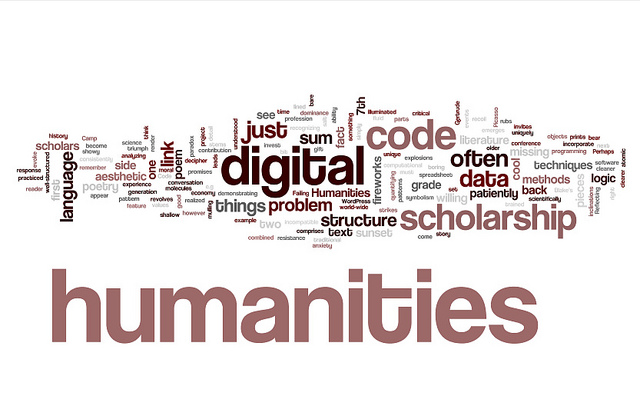1. Some terms to look up and define for your group, in your own words:
- metadata
- API (Hint: You’re probably going to find the PDFs at the bottom of the Wikipedia article more accessible than the Wikipedia entry itself.)
- Creative Commons
- public domain
- open source
- Omeka
- Dublin Core
2. Visit the Cooper-Hewitt website. What do you think the museum’s mission is? Why would it decide make its collections data digitally accessible to so many people? How does that release of data correspond to its mission?
3. What do Ridge and Murray-John suggest are the biggest hurdles to working with collections data from museums? Why might these hurdles exist?
4. Micah Walter writes that the visualizations he shares in his blog post “are only possible because we released the collection data as a single dump. If we had, like many museums, only provided an API, this would not have been possible (or at least been much more difficult) to do.”
- What is the difference between releasing a collection’s metadata as a single file and providing an API to the museum’s collections?
- What are the challenges to museum staff and end users in each scenario (API and data release in a single file)?
- Why would a museum opt to use either approach rather than (or in addition to) sharing its collections through a web browser interface it built, as the Powerhouse Museum has done? (See also the Cooper-Hewitt’s searchable collections database.)
- What are the advantages and liabilities of each approach?
5. Does what you learned today, through the readings and during class discussion, change how you would approach the big data visualization project your group proposed during the last class? If so, how and why? If not, why not?
